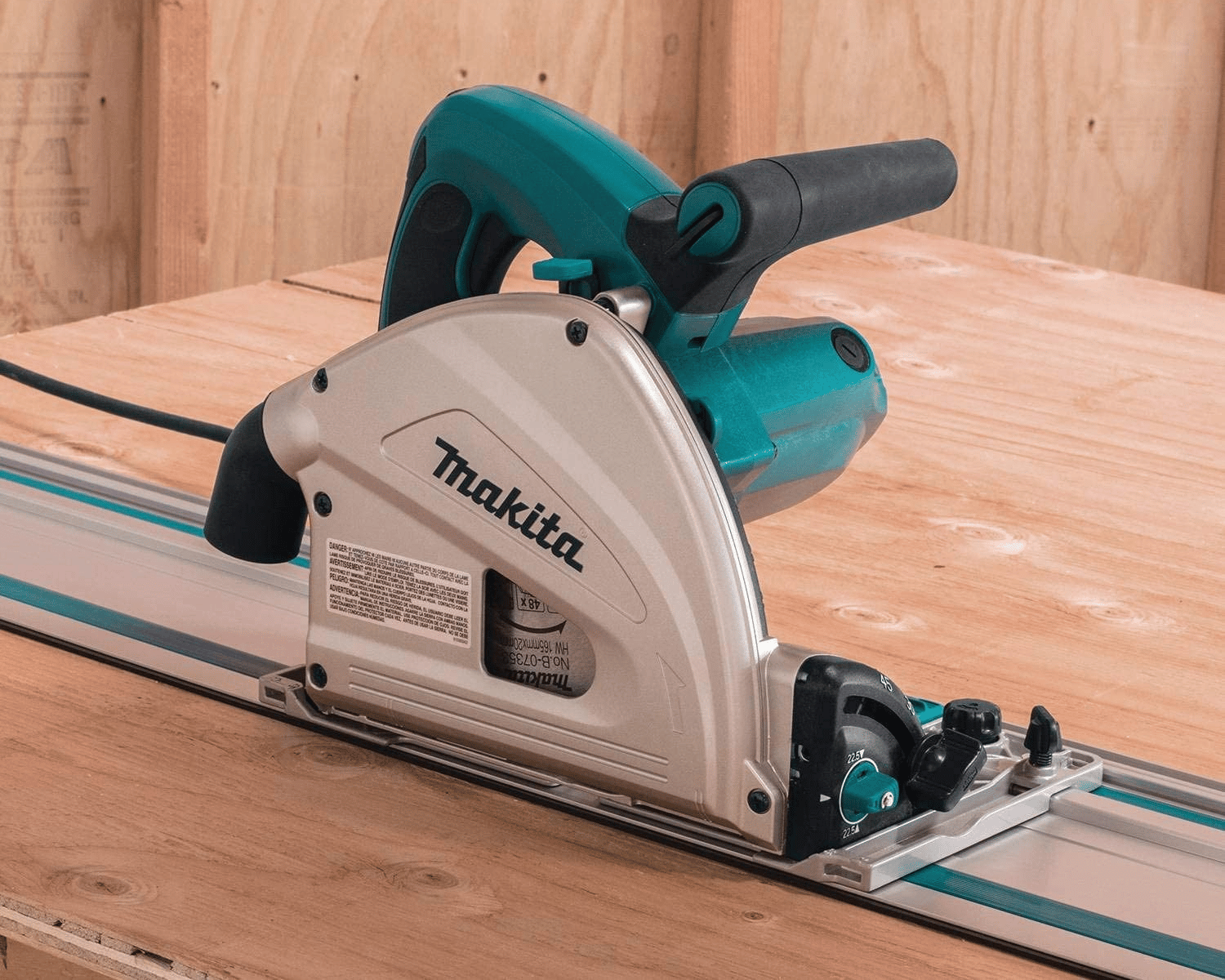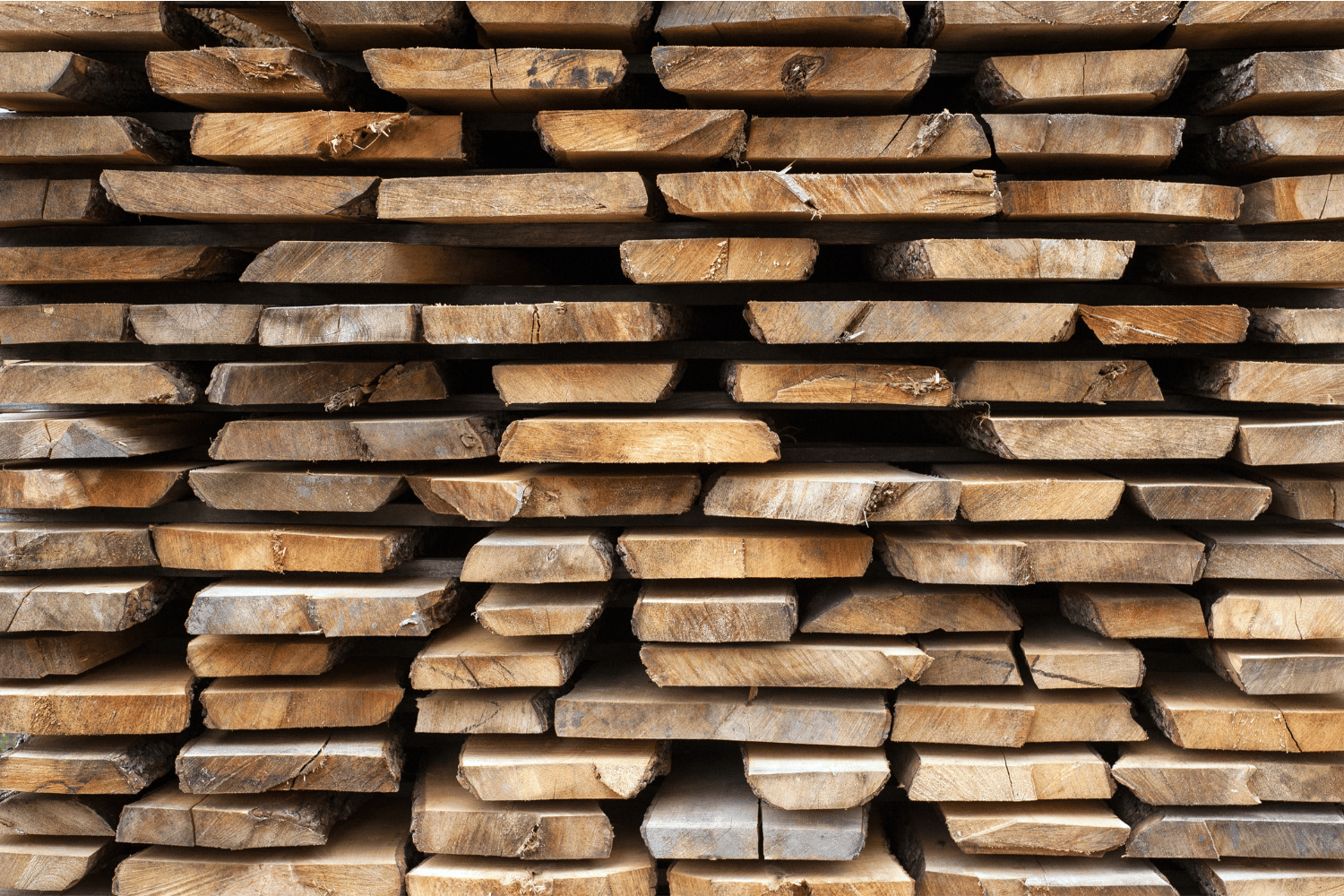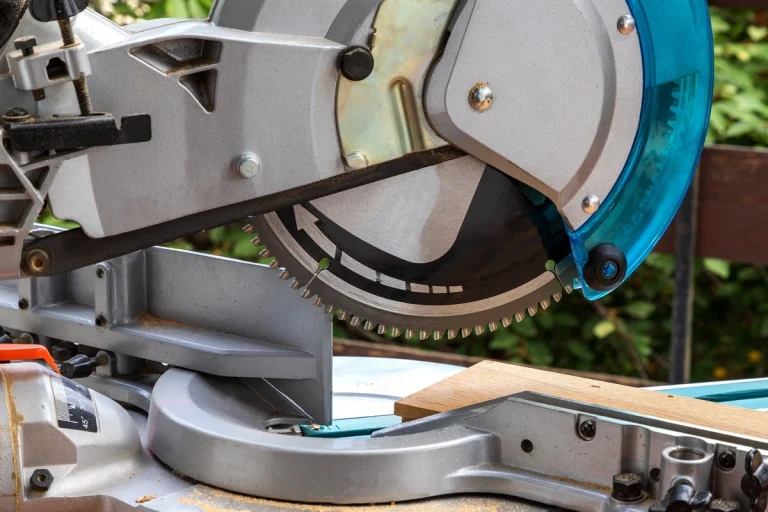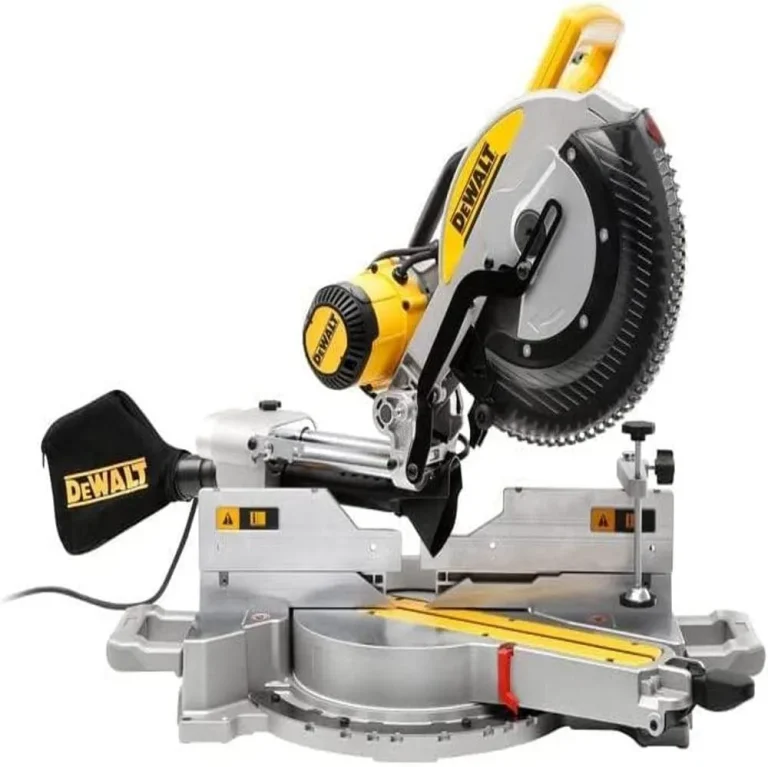Track Saw Vs Circular Saw – Are They Really Different?
Saws are the backbone of woodworking and construction projects, enabling us to cut through various materials with precision and efficiency. When it comes to saws, two popular options that often come up in discussions are track saws and circular saws.
In this article, we will delve into the world of these two types of saws, comparing and contrasting their features and benefits. Our aim is to provide you with the information you need to make an informed decision when choosing between a track saw and a circular saw.
Track saws and circular saws each have their own unique characteristics and advantages, making them suitable for different situations and preferences. By exploring their functionalities, strengths, and limitations, we hope to empower you to select the right tool that aligns with your specific woodworking or construction needs.
So, whether you’re a seasoned professional looking to upgrade your equipment or a DIY enthusiast embarking on a new project, read on to discover the differences between track saws and circular saws, and find the perfect cutting companion for your next endeavor.

Track Saw: Precision and Versatility at a Cost
Let’s start by diving into the world of track saws. A track saw is a specialized cutting tool that operates on a track or guide rail, providing exceptional precision and straight cuts. This innovative design allows for controlled movements and eliminates the need for additional measuring and marking.
Track Saw Advantages
One of the primary advantages of track saws is their ability to deliver perfectly straight cuts consistently. The track serves as a guide, ensuring that the circular blade follows a predetermined straight line path, resulting in clean and accurate cuts. Whether you’re working on long rip cuts or crosscuts, a track saw can help you achieve professional-grade results.
In addition to precision, track saws offer remarkable versatility and flexibility. With the ability to make bevel cuts and plunge cuts, these tools are well-suited for a wide range of applications. Whether you’re cutting through solid wood, plywood, or other sheet materials, a track saw can adapt to your specific needs, providing you with the freedom to tackle various projects with ease.
Safety is always a top priority, and most track saws come with enhanced safety features that provide peace of mind during operation. The track not only guides the saw but also reduces the risk of kickback, making it a safer option, particularly for beginners or those who prioritize safety in their work environment.
Another notable advantage of a track saw is its dust collection capabilities. Many track saw models come equipped with built-in dust collection systems or can be easily connected to a vacuum, minimizing airborne dust particles. This not only improves the visibility of your work but also helps maintain a cleaner and healthier workspace.
Track Saw Limitations
However, it’s important to consider the limitations of a track saw. One significant factor is its higher cost compared to a circular saw. The precision and additional features of track saws come at a premium, making them a more substantial investment. If budget is a constraint, you may need to carefully evaluate your needs before deciding on a track saw.
Furthermore, track saws tend to be bulkier and heavier than their circular counterparts. While the track provides stability and accuracy, it also adds weight and bulkiness to the tool. This can be a factor to consider if you require a highly portable saw for on-the-go projects.
Additionally, track saws typically have a limited depth of cut compared to circular saws. While they excel in sheet materials and thinner cuts, they may struggle with thicker or deeper cuts. If your projects frequently involve thick materials, you may need to assess whether a track saw can meet your specific depth requirements.
Lastly, track saws might have limited availability when it comes to accessories and blades. The market for track saw accessories and specialized blades may not be as extensive as that of circular saws. It’s essential to ensure that the necessary accessories and blades are readily available for your specific track saw model before making a final decision.
In summary, a track saw offers unparalleled precision, versatility, and safety features. However, they come with a higher price tag, bulkier design, limited depth of cut, and potential limitations in terms of accessories and blades. By weighing these factors against your project requirements and budget, you can determine if a track saw is the right choice for you.

Circular Saw: A Versatile Workhorse with Some Trade-Offs
Now, let’s turn our attention to the trusty circular saw. A circular saw is a popular and widely used cutting tool in woodworking and construction projects. It consists of a round spinning blade that cuts through materials with efficiency and power.
Circular Saw Advantages
One of the primary advantages of a circular saw is its affordability and accessibility. Most circular saws cost less than a similar track saw, making them an attractive option for both professionals and DIY enthusiasts. Circular saws are readily available in various models and brands, ensuring that you can find a suitable option for your needs without breaking the bank.
A circular saw also offers a greater depth of cut compared to a track saw. With its powerful motor and adjustable cutting depth, a circular saw can handle thicker materials with ease. Whether you’re working with hardwood, framing lumber, or composite materials, a circular saw can make deep and precise cuts, allowing you to tackle a wide range of projects.
When it comes to portability, circular saws take the crown. They are designed to be lightweight and portable, making them ideal for jobsites or projects that require mobility. Whether you need to move around a construction site or work in tight spaces, a circular saw is a convenient tool to have at your disposal.
Another advantage of circular saws is the wide range of accessories and blades available. From specialized circular blades for different materials to guides and attachments for specific cuts, the market offers a plethora of options to enhance the functionality of your circular saw. This versatility allows you to adapt your tool to different projects and achieve the desired results.
Circular Saw Limitations
However, it’s important to consider the limitations of a circular saw. While it is versatile, it may not provide the same level of precision along a straight edge cutting line as a track saw. Achieving perfectly straight cuts with a circular saw requires more skill and finesse, as it relies on the operator’s ability to guide the tool accurately. This may be a factor to consider if your projects demand precise and flawless cuts.
Additionally, a circular saw poses a higher risk of kickback compared to track saws. Kickback occurs when the saw blade binds or catches in the material, causing the saw to kick back toward the operator. A riving knife is used on table saws to prevent this issue, but this safety feature is uncommon on a portable circular saw as it would interfere with a blade cover. Proper technique, safety precautions, and experience are crucial in minimizing this risk when using a circular saw.
Furthermore, a circular saw has limited dust collection capabilities. Unlike a track saw that often comes with a built-in dust collection system, a circular saw tends to produce more dust and debris during operation. This can lead to reduced visibility, a messier work area, and potential health hazards if proper dust control measures are not in place.
In summary, circular saws offer affordability, greater depth of cut, portability, and a wide range of accessories and blades. However, they may not deliver the same precision as track saws, require more skill for straight cuts, pose a higher risk of kickback, and have limited dust collection capabilities. By considering these factors in relation to your specific projects and preferences, you can determine if a circular saw is the right tool for you.

Track Saw Vs Circular Saw – Choosing the Best Saw for Your Needs
Now that we have explored the features and benefits of track saws and circular saws individually, let’s compare and contrast these two tools side by side. Understanding their similarities and differences will help you make an informed decision based on your specific woodworking or construction requirements.
Precision and Accuracy
When it comes to precision and accuracy, a track saw takes the lead. With its guided cutting system, a track saw is designed to deliver precise and straight cuts consistently. The track acts as a reliable guide, ensuring that the circular saw blade follows a predetermined path. On the other hand, a circular saw requires more skill and finesse from the operator to achieve accurate cuts. It takes practice and careful maneuvering to maintain straight lines and precise angles while using a circular saw.
Portability and Convenience
In terms of portability and convenience, a circular saw has the upper hand. It is lightweight and easy to carry, making it highly portable. Whether you’re working in different locations or need to move around a job site frequently, a circular saw is a convenient tool to have by your side. On the other hand, a track saw tends to be bulkier and heavier due to its guide rail system. While it may not offer the same level of portability as a circular saw, it compensates for it with their precision and versatility.
Versatility and Flexibility
Speaking of versatility and flexibility, both track saws and circular saws have their strengths. A track saw excels in making bevel cuts and plunge cuts, allowing you to achieve a wide range of angled or internal cuts with ease. It is particularly well-suited for projects that require intricate or precise cuts. On the other hand, a circular saw is known for its ability to handle a wide variety of cuts and materials. From crosscuts to rip cuts, bevel cuts to miter cuts, a circular saw can adapt to various cutting tasks, making it a versatile workhorse in your toolbox.
Safety Features
When it comes to safety features, a track saw offers enhanced safety measures that reduce the risk of kickback. The track system provides stability and control, minimizing the chances of the saw binding or kicking back during operation. A circular saw, on the other hand, has a higher risk of kickback, requiring caution and experience from the operator. It’s important to follow proper safety guidelines and techniques when using a circular saw to mitigate the risk of accidents.
Cost Considerations
Finally, let’s consider cost considerations. A track saw generally comes with a higher initial investment compared to a circular saw. The precision, features, and additional accessories of a track saw contribute to its higher price tag. On the other hand, a circular saw is a more affordable option, making it accessible to a wider range of users and budgets. If budget is a determining factor for you, a circular saw may be a more cost-effective choice.
Both the circular saw and the track saw have their own unique advantages and considerations. A track saw offers precision and accuracy, while a circular saw provides portability and versatility. A track saw excels in bevel cuts and plunge cuts, while a circular saw handles a wide range of cuts and materials. Safety features differ between the two, with a track saw offering enhanced safety measures. Cost-wise, a track saw requires a higher initial investment, while a circular saw is a more affordable option.
Consider your specific project requirements, skill level, and budget when making your decision. Whether you choose a track saw or a circular saw, both tools can be valuable additions to your workshop, enabling you to bring your woodworking and construction projects to life.
Final Thoughts
As we wrap up our exploration of the track saw vs circular saw debate, let’s take a moment to recap the key points we discussed throughout this article.
We began by emphasizing the importance of saws in woodworking and construction projects, setting the stage for our comparison between track saws and circular saws. We examined the functionality and advantages of each type, shedding light on their unique features and benefits.
A track saw emerged as the go-to choice for precision and accuracy, thanks to its guided cutting system and ability to make precise and straight cuts consistently. It offers versatility and enhanced safety features, along with the convenience of dust mitigation capabilities. However, a track saw comes with a higher cost, a bulkier design, limited depth of cut, and potential limitations in terms of accessories and blades.
On the other hand, a circular saw proved to be a versatile workhorse, offering affordability, a greater depth of cut, portability, and a wide range of accessories and blades. While it may not provide the same level of precision as a track saw, it can handle a wide variety of cuts and materials. However, caution and experience are required to achieve accurate cuts with a circular saw, and they have limited dust mitigation capabilities.
So, which saw should you choose?
The answer lies in your specific needs and project requirements. Consider factors such as budget, skill level, desired functionality, and the nature of your projects. Assess the importance of precision, portability, versatility, and safety features in relation to your woodworking or construction endeavors.
We encourage you to weigh these factors carefully and make an informed decision. Choose the saw that aligns best with your budget, skill level, and desired functionality. Whether it’s a track saw or a circular saw, both tools have their place and can be invaluable assets in your workshop.
In the end, it’s worth noting the versatility and importance of both the circular saw and the track saw in various woodworking and construction projects. Each tool brings its own strengths to the table and serves a specific purpose. While a track saw excels in precision and accuracy, a circular saw offers flexibility and accessibility. Together, they provide a comprehensive set of cutting solutions for a wide range of applications.
So, equip yourself with the right tool, and let your creativity and craftsmanship flourish. Whether you’re embarking on a home renovation, building furniture, or undertaking a DIY project, the right saw will be your trusted companion, enabling you to bring your ideas to life. Happy cutting!







